You need to be wary of being too flattering about English churches. As John Betjeman said: ‘Be careful before you call Weymouth the Naples of Dorset. How many Italians call Naples the Weymouth of Campania?’ Even so, the rise of the English medieval church was extraordinary. As early as 1200 there were 9,500 churches in England — all built since 597, when St Augustine started his mission to the English at Canterbury. And lots of them are still there. Our Anglo-Saxon, Norman and Gothic churches must be the highlight of our architectural history, just ahead of our country houses.
But how did the English use their churches? Step forward Nicholas Orme, emeritus professor of history at Exeter University and a specialist on the medieval church, in this useful, eye-opening book.
The church may have largely disappeared from most of our lives. But until the Toleration Act of 1689 every adult was expected to attend for baptism, marriage and burial; to worship on Sundays and festivals; and to help maintain the buildings and their furnishings. So the church formed a significant part of medieval life and grew increasingly important over the centuries, as you can tell from the evolution of the word ‘parish’. Originally from the Greek paroichos, meaning ‘neighbour’, it was first used to mean a diocese attached to a minster church or monastery. As churches proliferated, so their territories, or parishes, became smaller, and ‘parochial’ came to mean ‘local’ and ‘petty’.
This transformation of England into a land of many small parishes took place between the 10th and 12th centuries, often to a crazy extent: in Eastleach, Gloucestershire, two churches stare at each other across a stream. Churches grew richer as they absorbed the patronage and wealth of the local community, and Orme deftly shows how church language became part of everyday English, particularly as men increasingly joined the priesthood. By the 12th century, two Latin words were used of clergymen: rector, who had the absolute rule of his parish, and vicarius, his deputy — hence vicar.
The medieval clergy had to be literate, but not as learned as you might imagine. In 1222, the Dean of Salisbury visited the church of Sonning, Berkshire. Of its seven priests, six were found to be gravely deficient in their knowledge of song and grammar, and one, tested on the Latin gospel and the prayer of consecration, hadn’t the foggiest. They could also be pretty naughty. In 1391 and 1394, when the Bishop of Salisbury visited his diocese, 39 members of clergy were reported for fornication or adultery. Like Mrs Doyle in Father Ted, women often lived in as priests’ housekeepers, too.
Still, the church remained an intellectual hub, and a musical one. Polyphony — music in several parts sung in harmony, as opposed to the older plainsong — dates to the early 14th century and expanded hugely in the 15th.
A large infrastructure built up around these thousands of churches. What were originally procuratores — proctors — evolved into our modern churchwardens. By the 14th century, sextons (originally sacristans) emerged as the workmen who rang the bells, locked up the church and dug the graves. As this infrastructure developed, so did the use of churches by parishioners. Marriage, though older than the church, soon came to be regulated by it. By the 12th century it was decreed that marriage must be entered into by choice and with understanding — meaning that girls had to be at least 12 years old and boys 14.
Prayer also changed over the years. Originally, people had prayed holding up their hands beside or in front of their head, palms upwards. By the early 13th century, the form had morphed into the familiar practice of palms and thumbs joined together. The ritual of making the sign of the cross was in place by the end of the Middle Ages, with the right hand touching the forehead, signifying God the Father. The first movement, down to the breast, denoted the descent of Christ to humanity; the second, to the left shoulder, and the third to the right, signified the Holy Spirit.
But parishioners weren’t always very reverent, some scoring graffiti on their churches. In 1291, the Archbishop of Canterbury complained of people refusing to observe the sabbath or attend services, while in Coverham, Yorkshire in 1428 men carried their swords, bows, arrows and staves to church. A century later, churchgoers were bringing along their hawks and hounds; in 1514, in Eltham, Kent, a knight even smacked the vicar in the mouth when he complained about his hawk. They weren’t all that holy in the good old days.
Got something to add? Join the discussion and comment below.
Get 10 issues for just $10
Subscribe to The Spectator Australia today for the next 10 magazine issues, plus full online access, for just $10.
You might disagree with half of it, but you’ll enjoy reading all of it. Try your first month for free, then just $2 a week for the remainder of your first year.

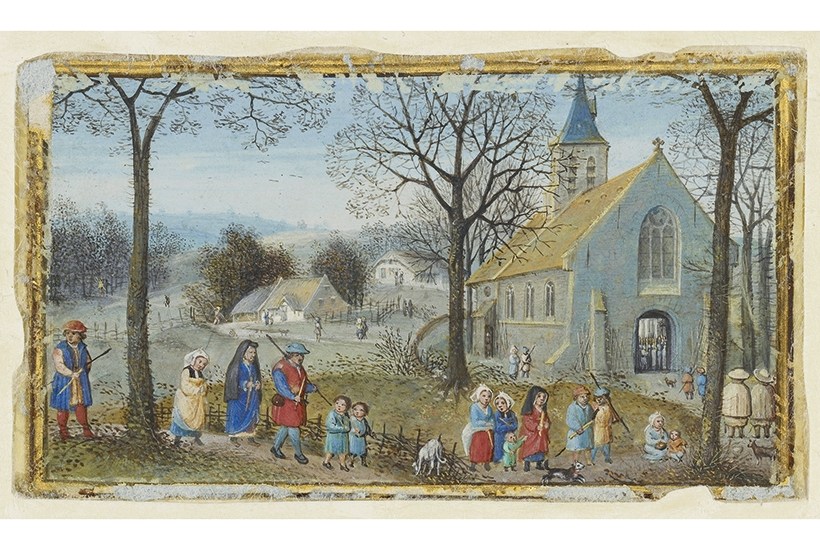
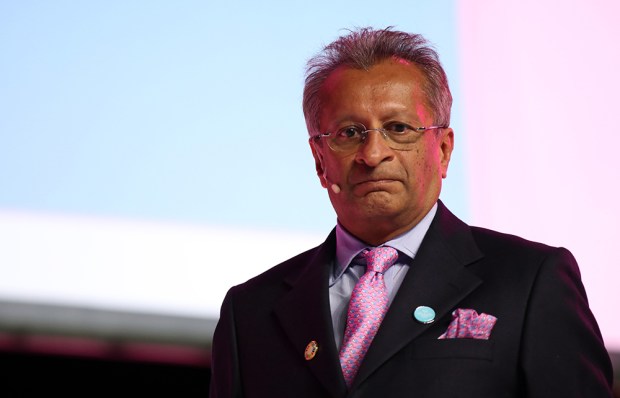
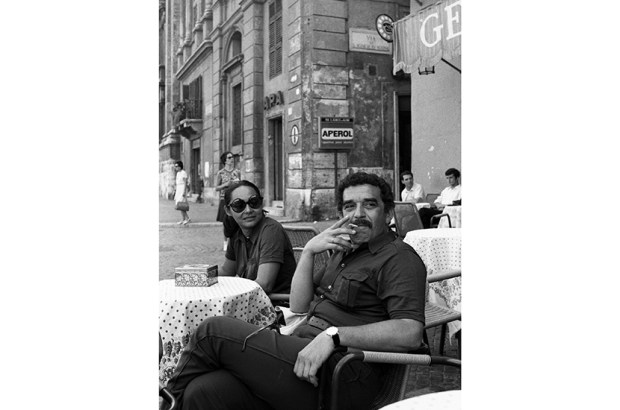
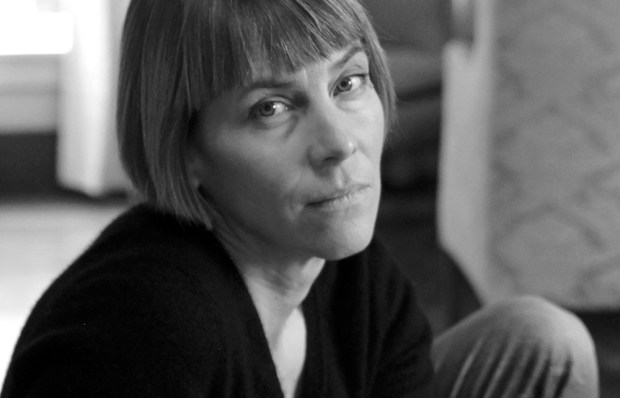
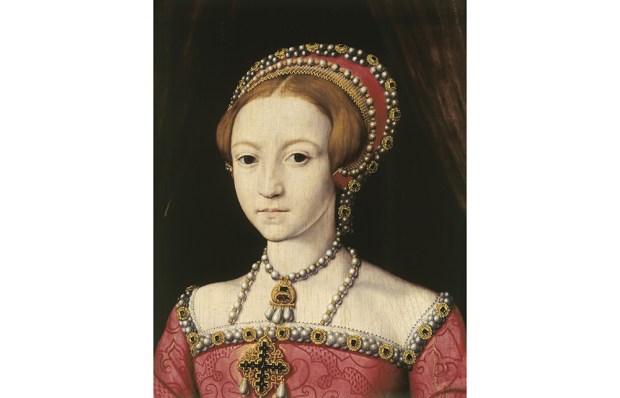
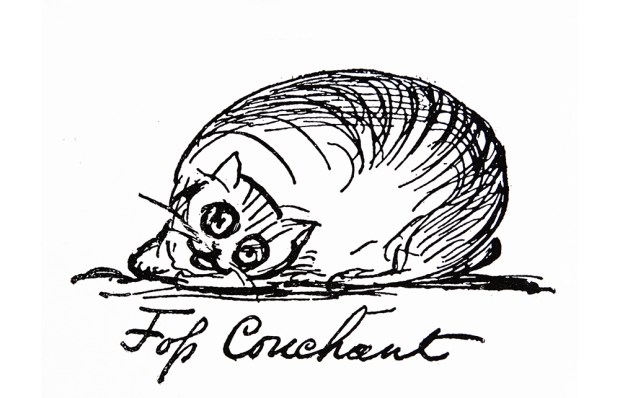
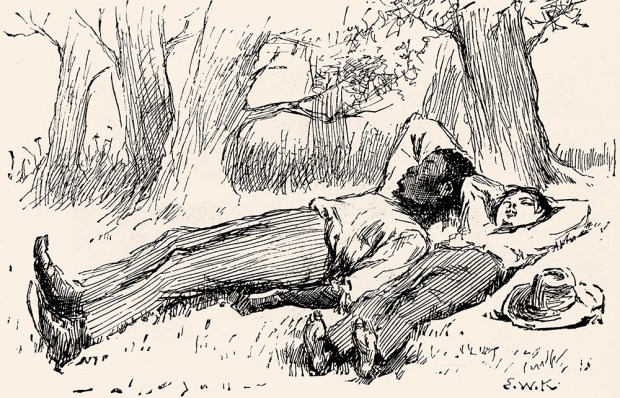






Comments
Don't miss out
Join the conversation with other Spectator Australia readers. Subscribe to leave a comment.
SUBSCRIBEAlready a subscriber? Log in